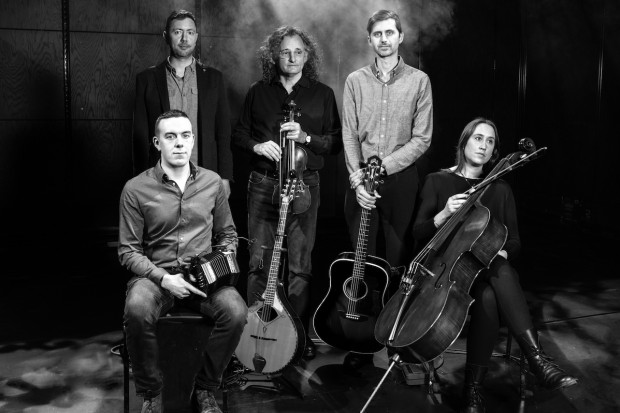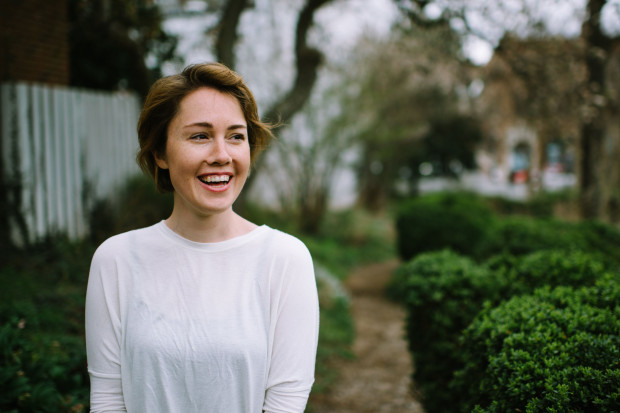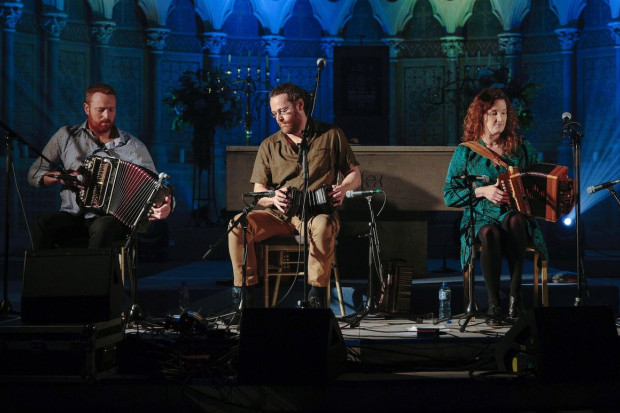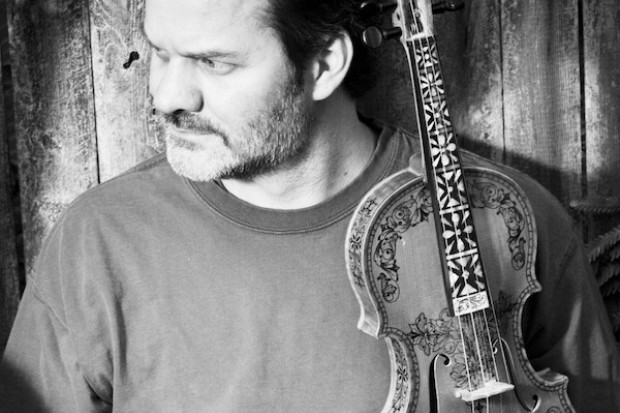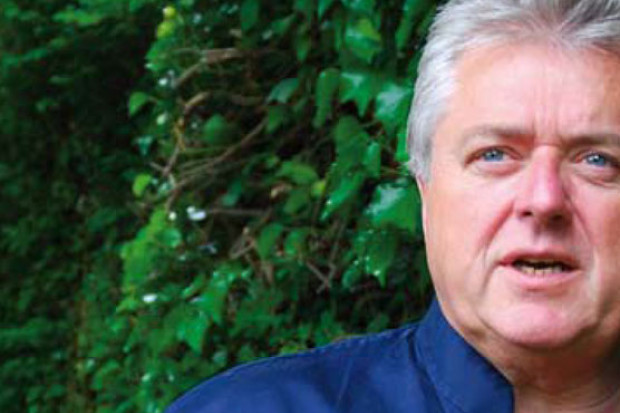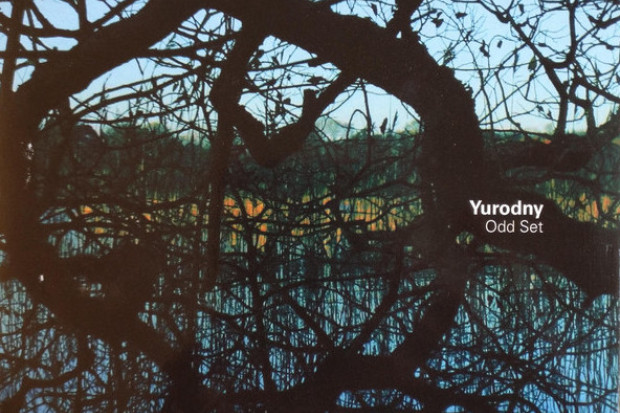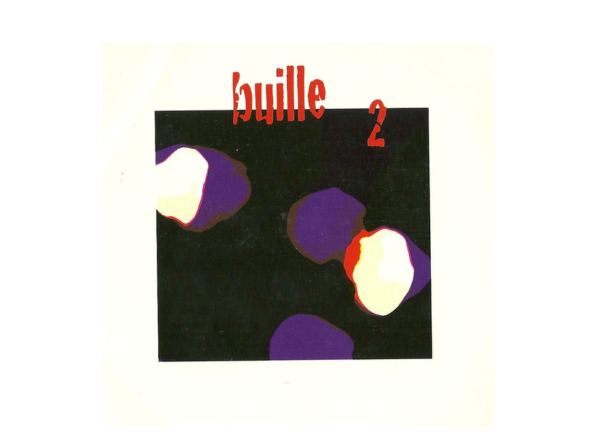
Niall Vallely and Caoimhín Vallely
This recording from two brothers forming a Cork outpost of the Armagh artistic dynasty is the second recording of the Buille ensemble. The recording is very much rooted in the compositions of the senior of the two brothers, Niall, who writes twelve of the thirteen tunes – the other is written with his younger brother Caoimhín – and the performances are very much centred around Niall’s concertina.
Quite simply this album represents the best of what contemporary traditional music is feared to be. Most of the tracks are built around single tunes. There is an innovative flair to the style of arrangement incorporating the diverse strings of Zoë Conway, Karen Dervan, Kate Ellis, Ed Boyd and Paul Meehan (who formally featured as a band member but perhaps has been drawn away by his duties with Lúnasa). The ensemble is further enhanced by the percussion and banjo of Brian Morrissey and the incomparable Neil Yates who bangs out tunes on his trumpet with an ease that sounds native.
Tunes and their basic structure are left more-or-less alone (although they are sometimes a little quirky), but there are often improvised breaks and jazz-style solos that will surely annoy many. Focus shifts easily from the dominant ensemble as in track one (‘Coburg St Nights’) to the occasional explosions of hair and teeth when Niall reveals his astounding and idiosyncratic technique, such as in track seven (‘Dog à l’Orange’). However it is the arrangement and especially the string arrangement that impresses most, in that you can hear an unusual marriage of traditional sensibilities and a lack of fear often motivated by the realisation of the otherness of the string idiom.
I have occasional minor quibbles with the quality of some of the synthesised sounds and the style of production which is ubiquitous to a generation of musicians around Cork, but this is hardly worth a mention. Niall Vallely’s compositions have grown in stature through the development of a minimalistic bent most obviously heard in track three (‘The Oblique Jig’) which has a pentatonic structure and a range of less than an octave. Caoimhín’s keyboard commentary is sparkling through its economy, letting us know what the tunes are trying to say through their confining forms. Again this seems to be achieved through a less busy approach than in his previous outing with Buille.
I spend a lot of time bemoaning the lack of originality in traditional ensemble work heard today, which is dominated by the echoes of sounds established nearly forty years ago. If we are going to avoid the artistic cul-de-sac of endless variations of the same formulae to a dwindling audience of cultural tourists, it is artists such as Niall and Caoimhín Vallely who will put up the signposts we need.
Published on 1 August 2009
Niall Keegan is a traditional flute player and Associate Director at the Irish World Academy of Music and Dance, University of Limerick.












